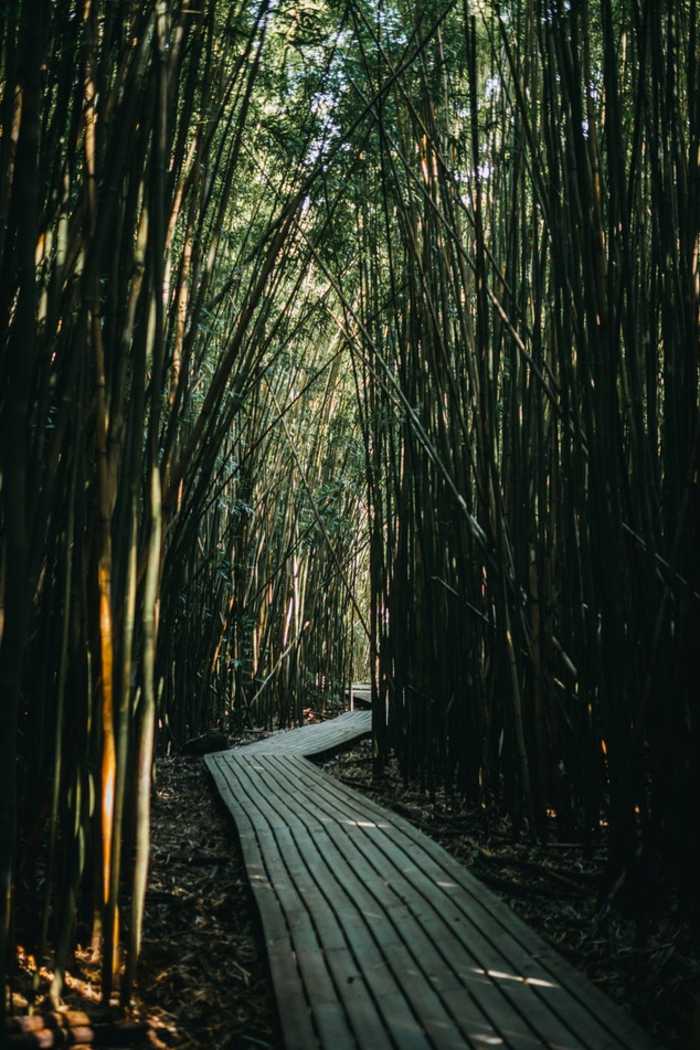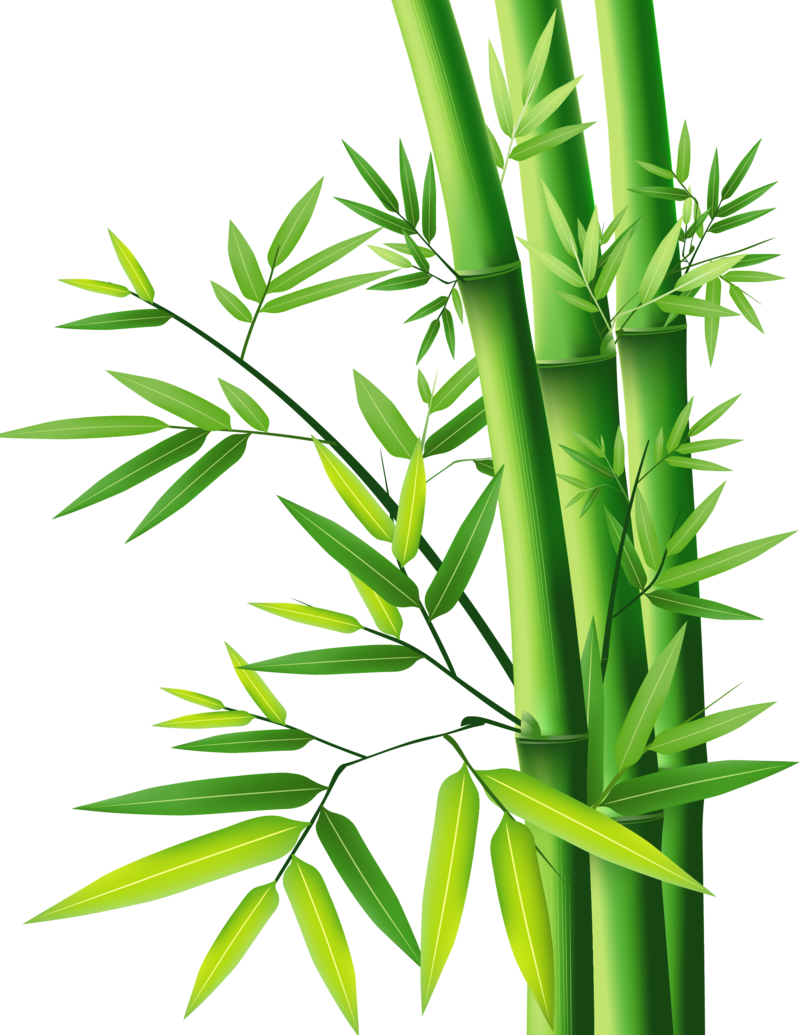Giant Bamboo Plantation
Only Moso plants originate from two carefully selected species of bamboo: Phyllostachys edulis (or pubescens) and Dendrocalamos Asper. These two plants are conveniently chosen for their quality, productivity and adaptability. The first one is a giant Gramineae which reaches between 14 and 25 meters in height and between 8 and 15 centimeters in diameter. The flowering, with the related seed production, takes place about 100 years after its birth. Phyllostachys edulis lives in temperate climate areas and withstands very low temperatures, down to -20 ° C.
The second plant is a tropical climate species with different characteristics from the first one, and it is able to withstand temperatures down to -4°C. The root is sympodial, meaning bushy and it does not present problems of lateral containment like the first one. Dendrocalamos Asper has been selected precisely for Albania's maritime belt region, where the climate is historically compatible with the life of this species. The peculiarity of both Phyllostachys edulis and Dendrocalamos Asper lies in the greater development speed of Only Moso bamboo and, usually, richer production and superior food quality of its sprouts. Also, the wood quality of these two species is far better, for hardness and resistance, than that of many precious woods, such as oak and walnut.
An adult bamboo plantation's activity is represented by the underground growth of the rhizomes during autumn and winter, and by the development of the buds in spring. In just 40 to 60 days, buds complete their growth becoming trunks at a development rate, sometimes, of over one meter per day. In the right conditions, with time, Only Moso's rhizomes tend to widen until they become immortal plants which stretch out at will. Only Moso bamboo plants are vigorous, develop extremely rapidly, don't require care, endure heat and cold, wet soil and drought.



